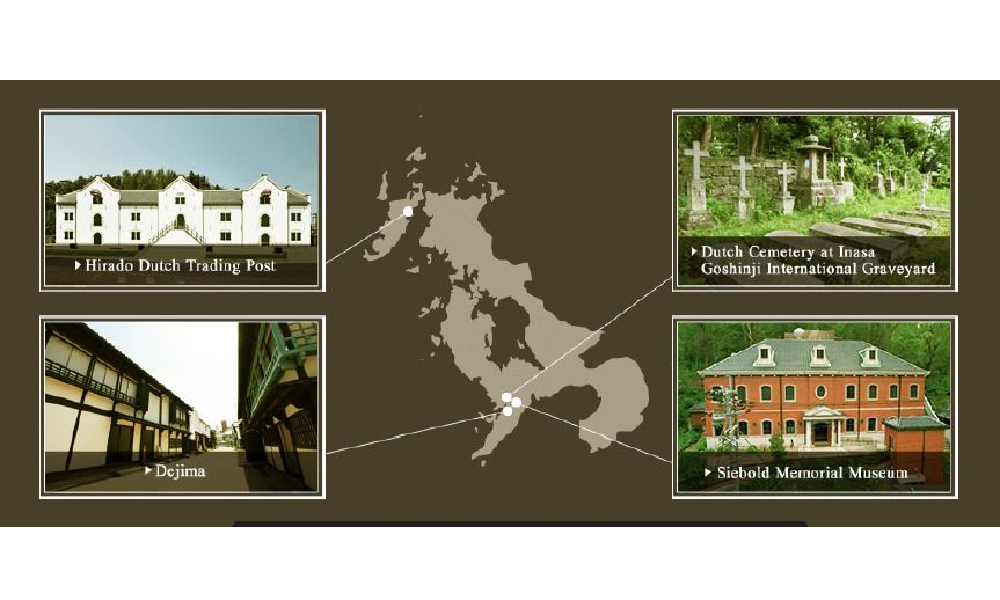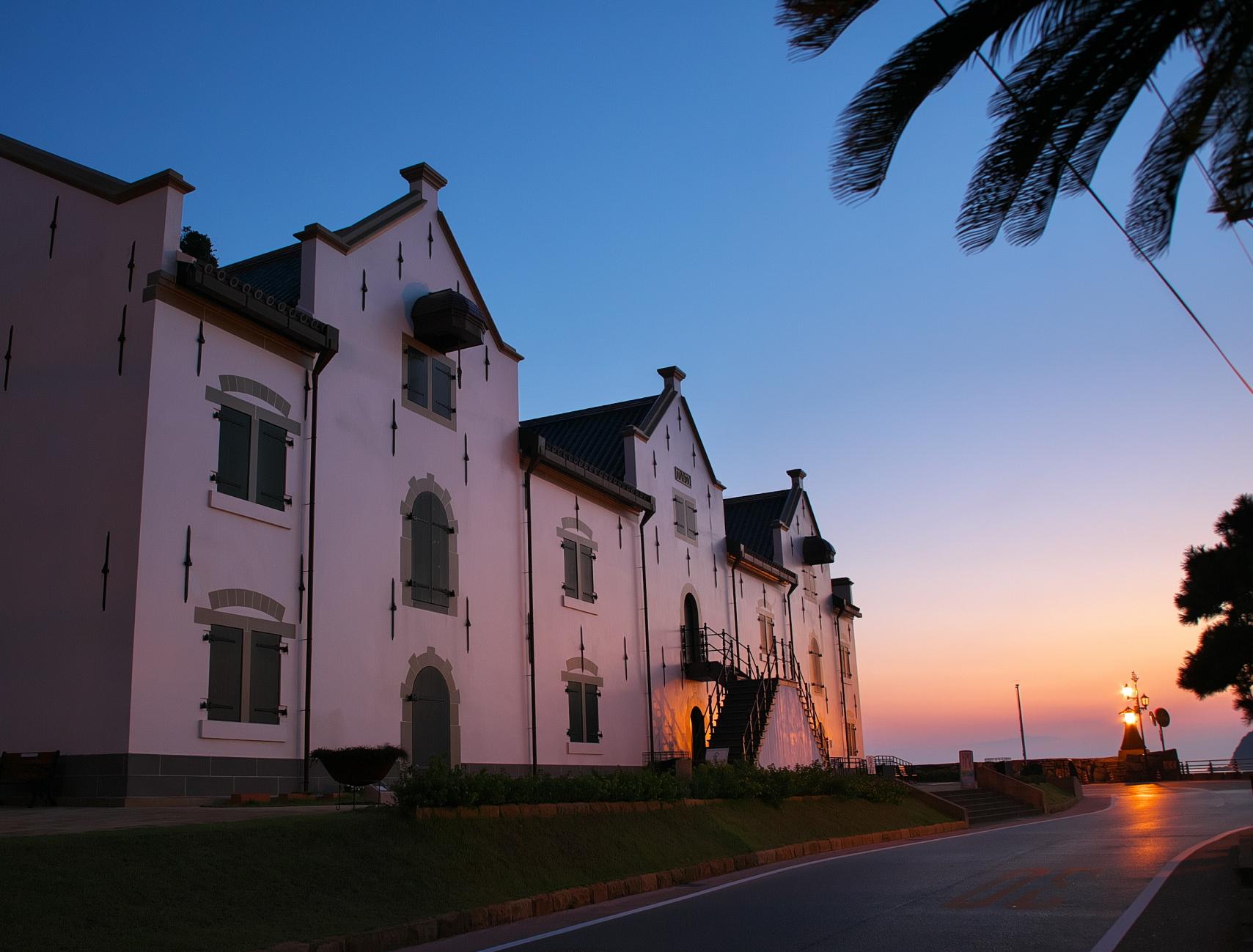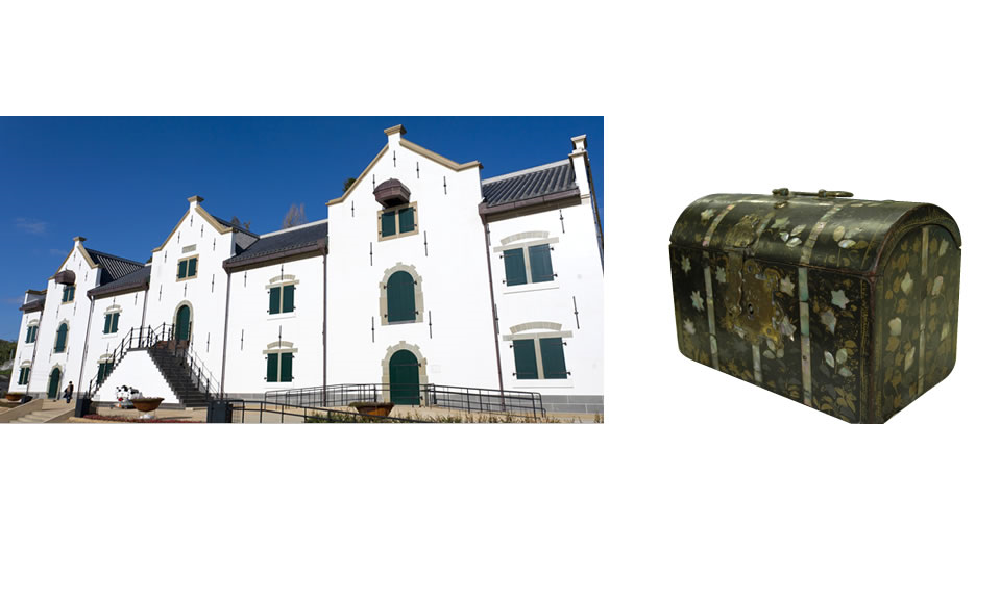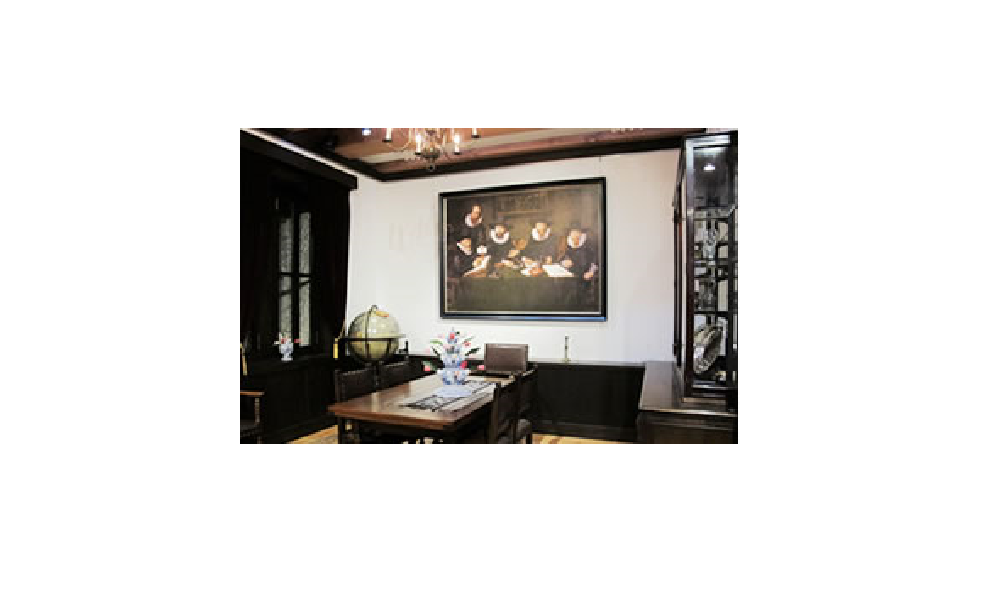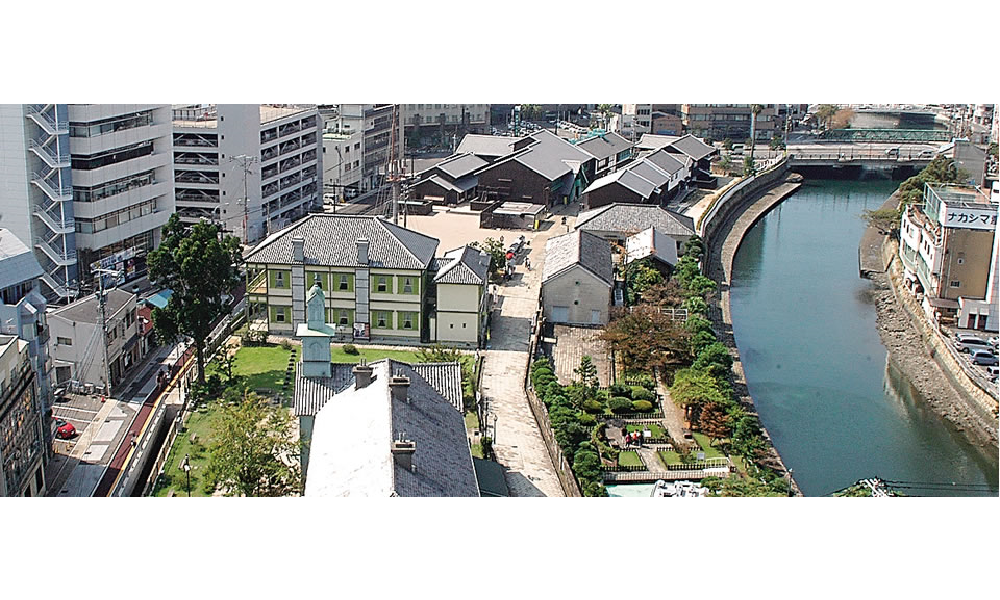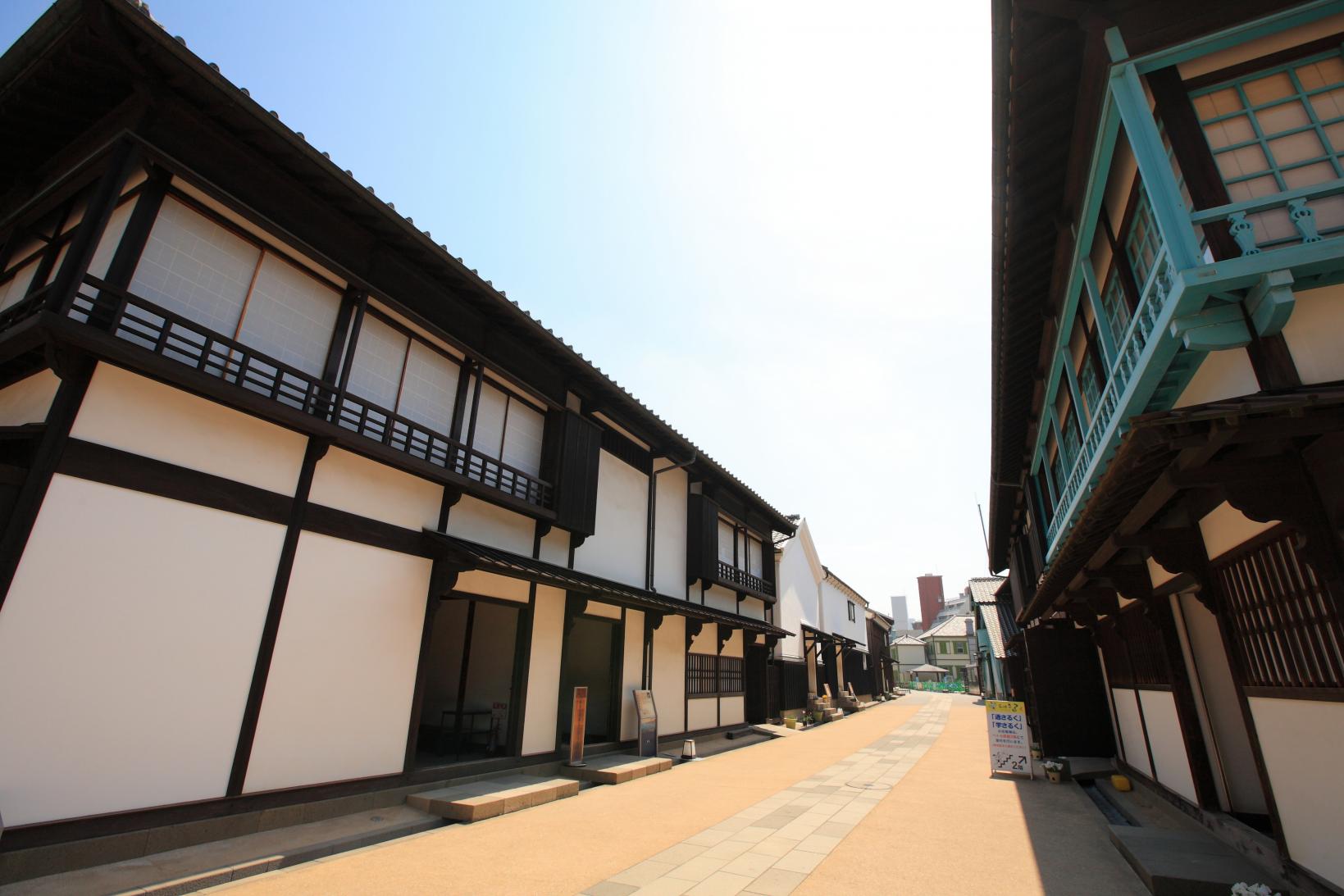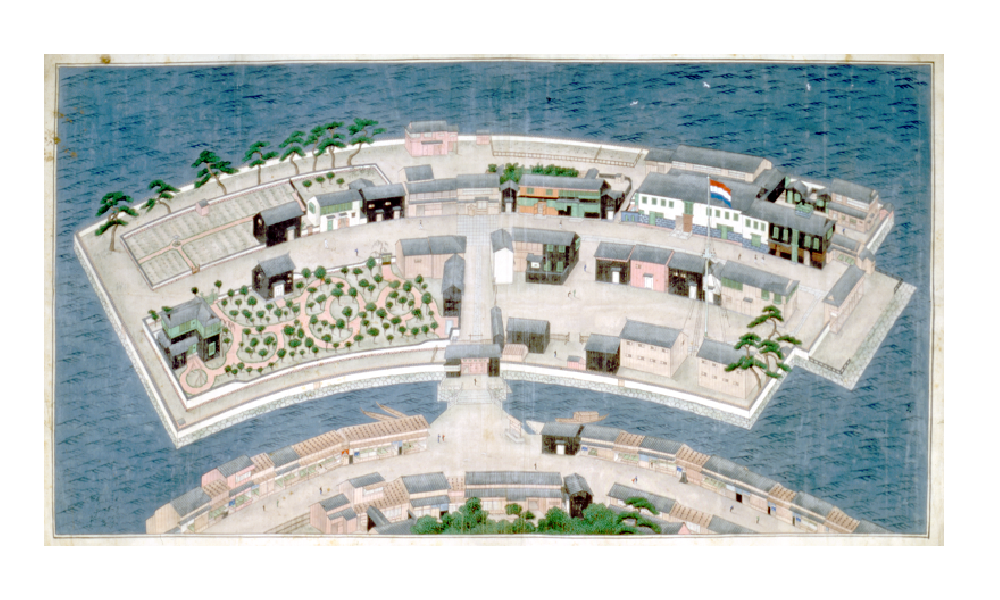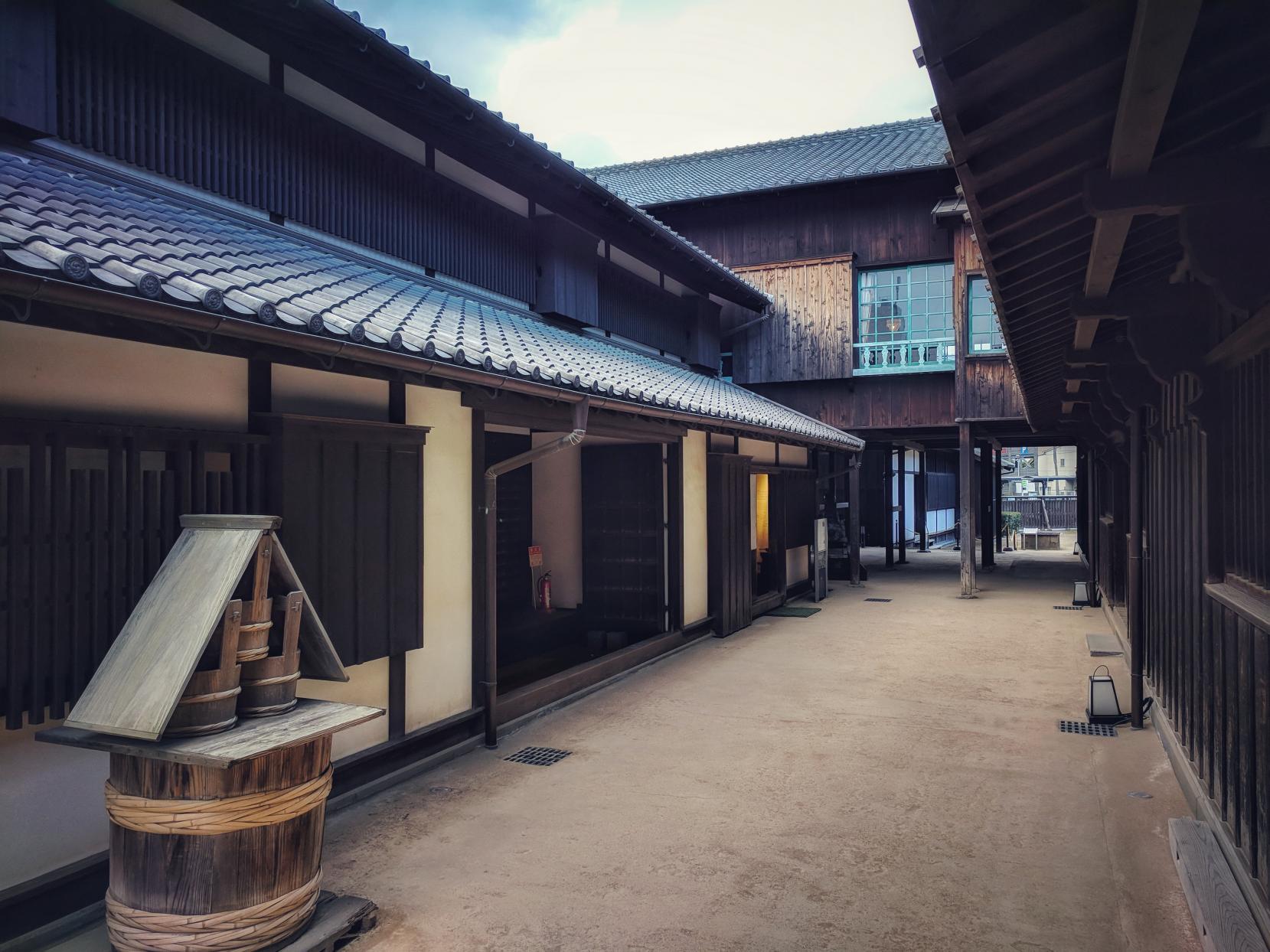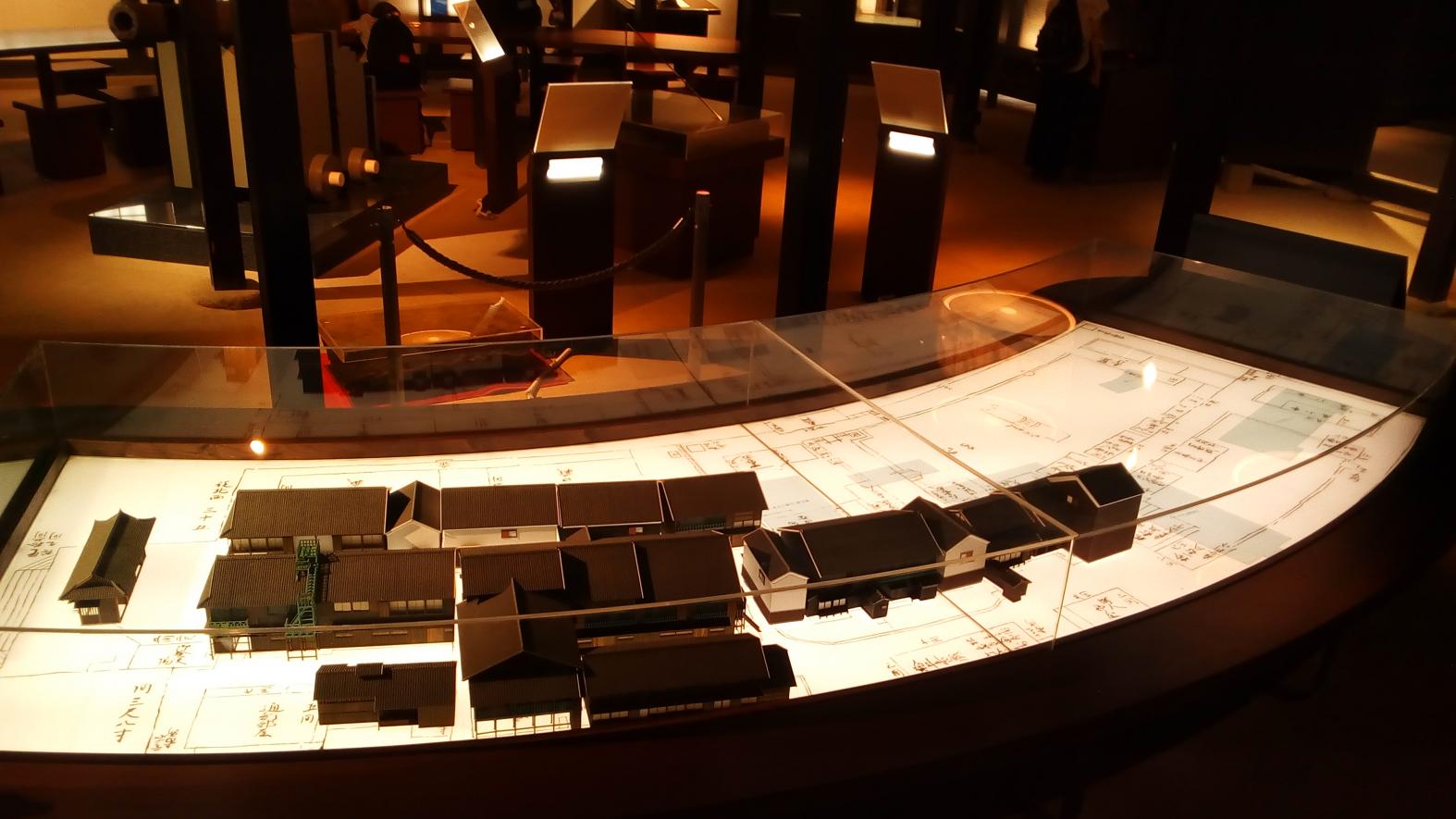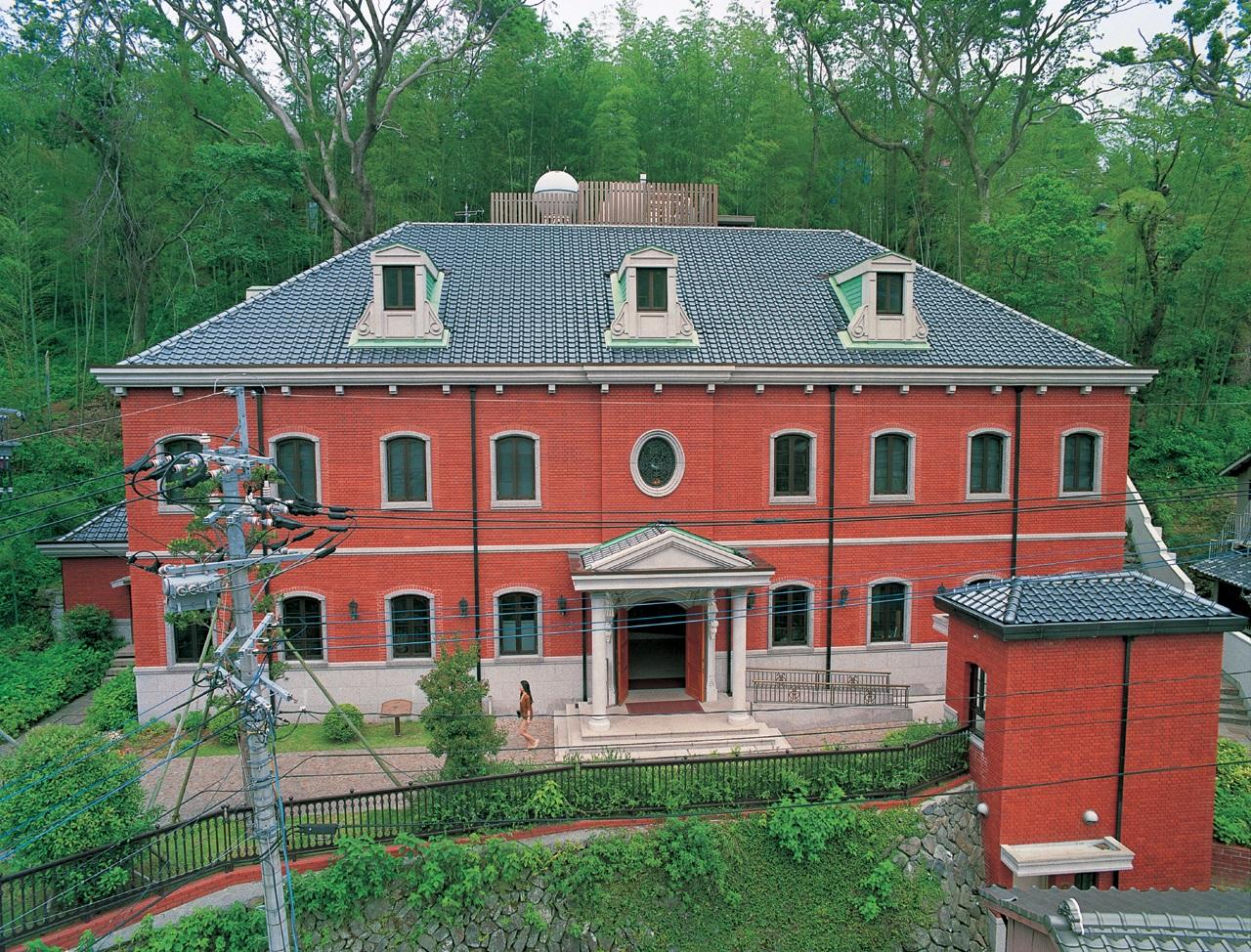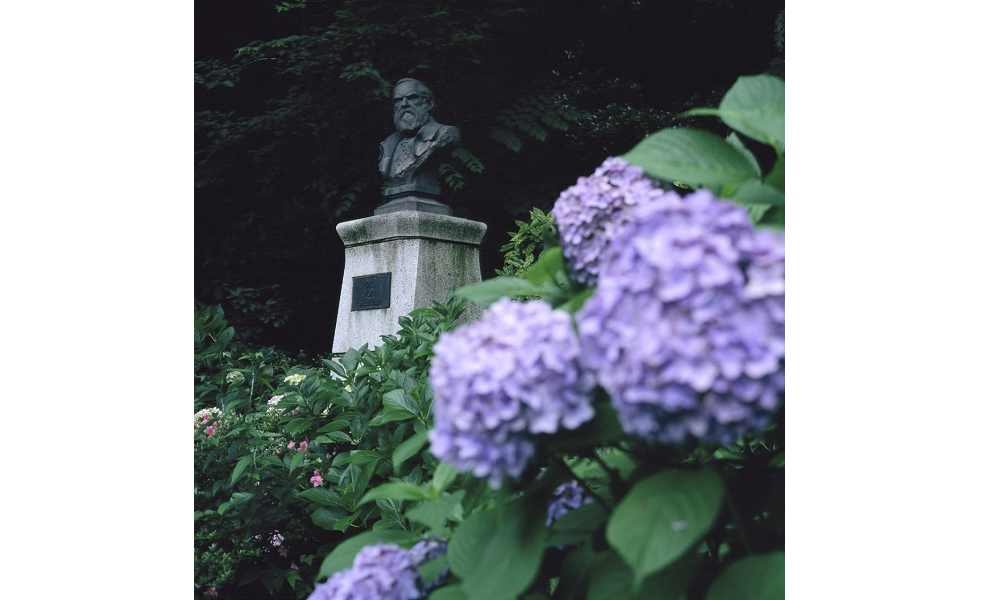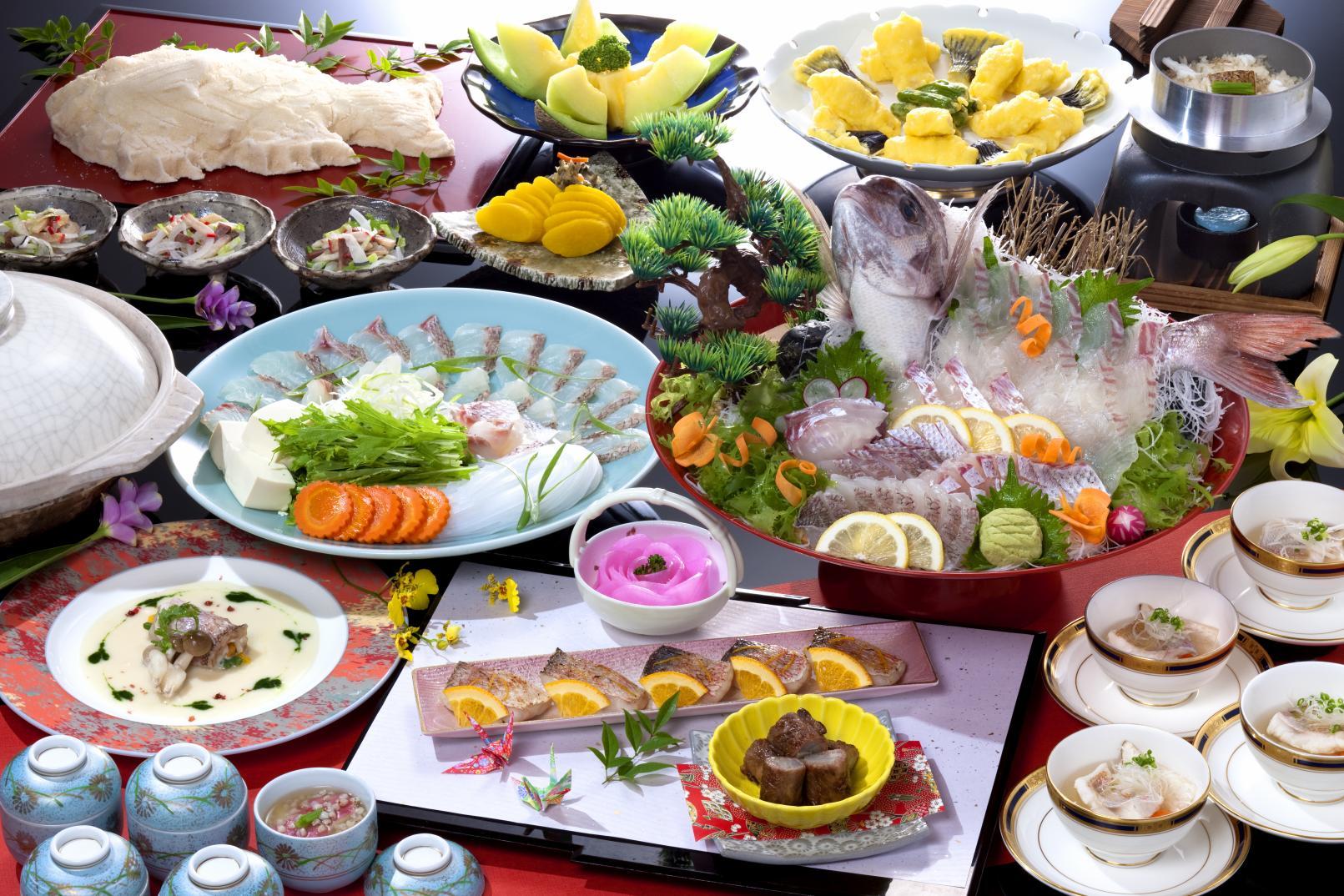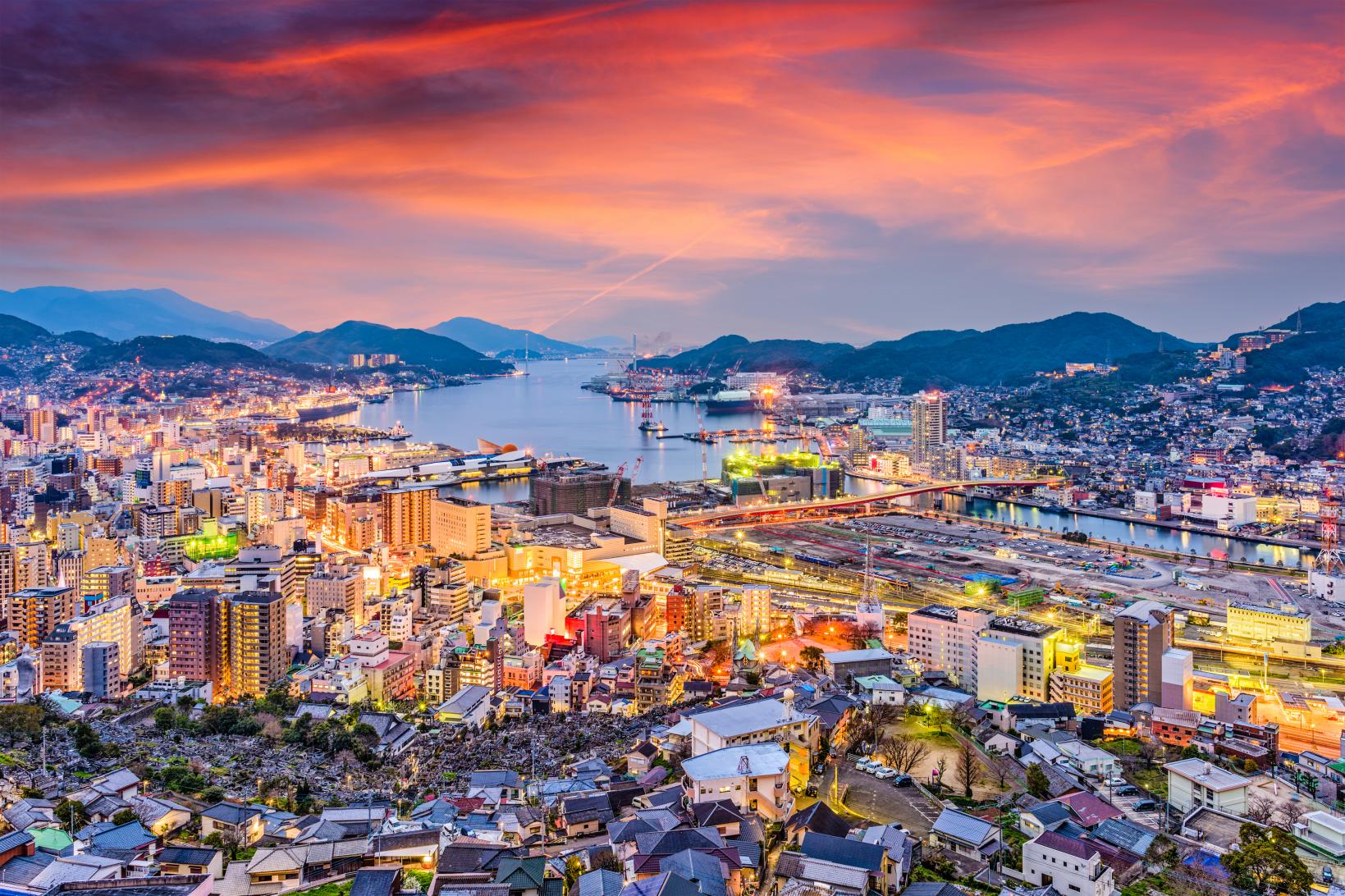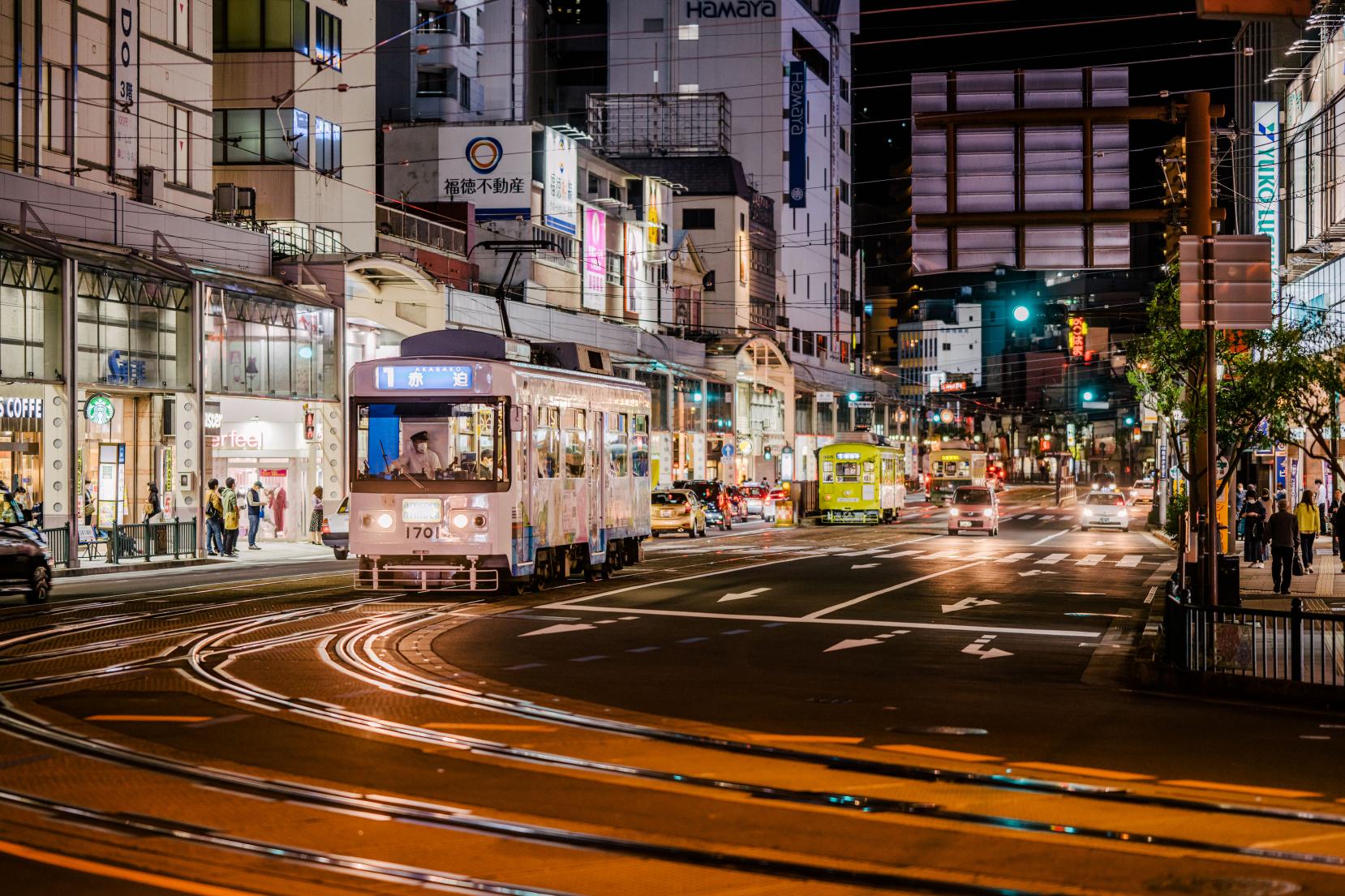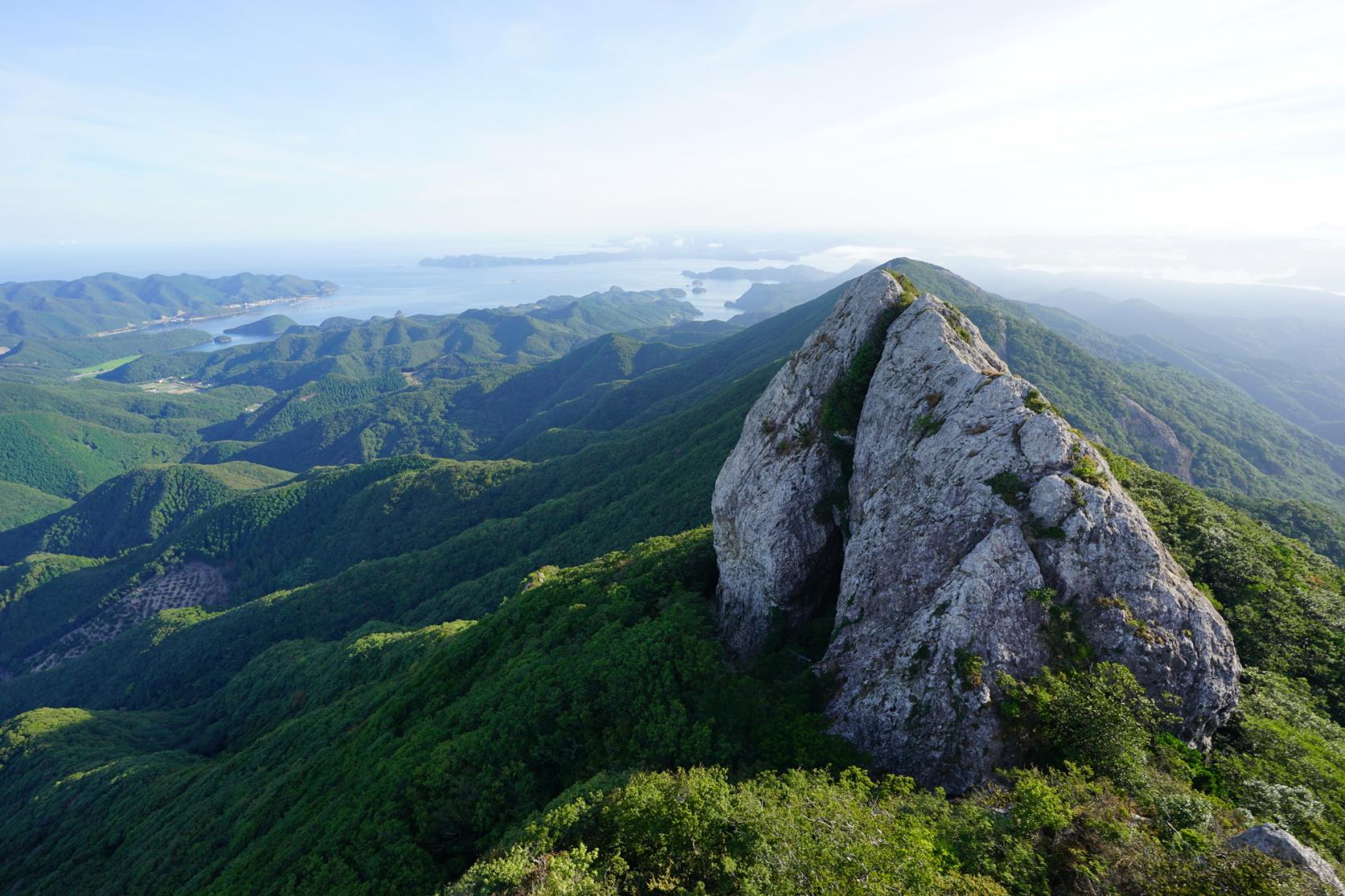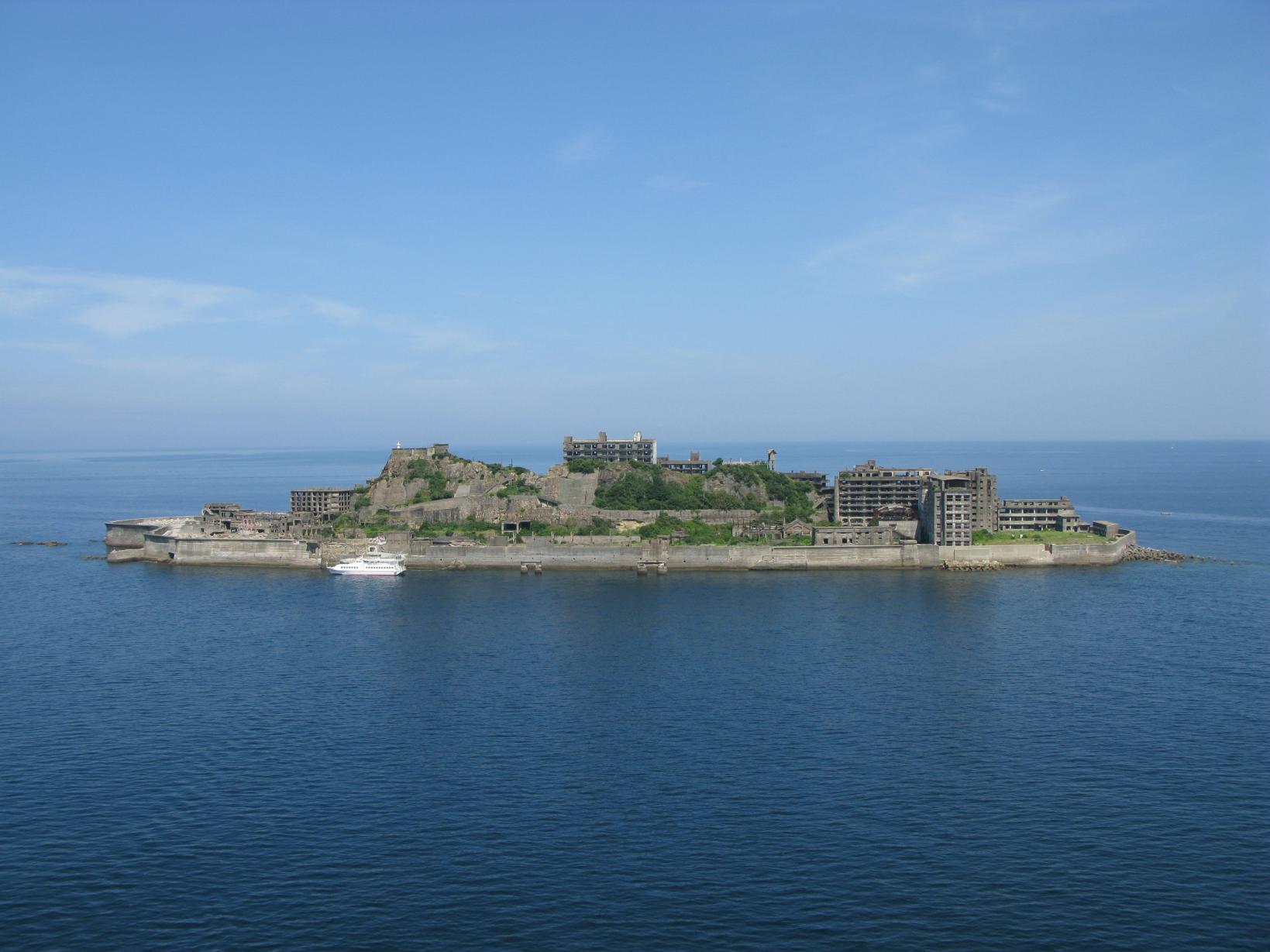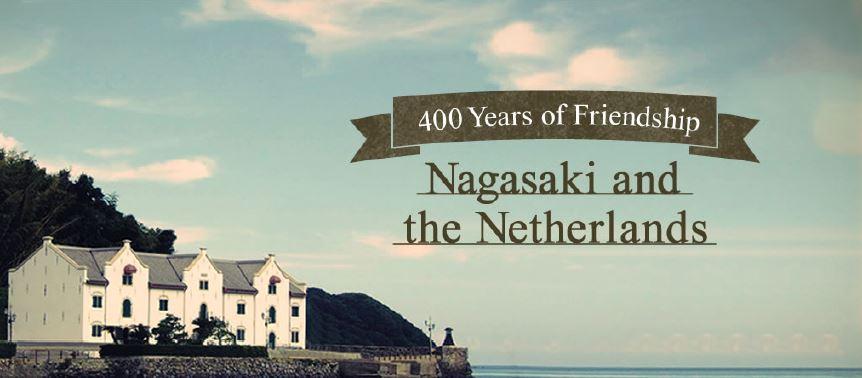
400 Years of Friendship – Nagasaki and the Netherlands
Nagasaki and the Netherlands have enjoyed over 400 years of friendship. Whether you are a history buff, nature lover, or just seeking a unique Japanese experience, there are countless activities to choose from when visiting culturally-diverse Nagasaki.
Our guide will tell you all you need to know about the lesser-known attractions that helped shape the Nagasaki we know today. Check it out to learn more about Nagasaki's Dutch-influenced tourist spots!
Hirado Dutch Trading Post
400 years of friendship can all be traced back to one humble origin – the Dutch Trading Post in Hirado. This distinctive island town represents the beginning of a long and productive relationship between Japan and the Netherlands. Formal ties were first established in 1609 when the Tokugawa Shogunate granted the Dutch permission to base their headquarters in Hirado. The town flourished as the center of trade and mutual cooperation before the trading post was eventually relocated to Dejima in 1641.
In stark contrast to the strict segregation at Dejima, Dutch traders mingled freely with the residents of Hirado, creating a unique cross-cultural experience that is still visible to this day. Tales of intercultural marriages attest to the strong connections within the community at the time. Nothing embodies this more than the so-called "Happiness Bridge", also known as the Dutch Bridge, linking Hirado Castle to the main town. The European style stone bridge is a popular landmark in Hirado City to this day.
However, this relationship was not always smooth. As is common with European buildings, the construction year, 1639, was carved into the stonework of two warehouses. This use of Christian calendar dates displeased the Shogunate, and an order was issued for their destruction. The isolationist policy accelerated with the transfer of European traders to the more restricted island of Dejima, and the relocation of mixed heritage children to the Dutch trading hub of Batavia (Jakarta).
The warehouses were designated as National Historic Sites in 1922, and work to excavate and preserve the area continues. One of the reconstructed warehouses now contains a fascinating museum that explores the history and legacy of Western trading in 17th century Japan. Many exhibits showcase the great prosperity trade brought to the area, reflected in the technological and cultural advancements that foreign collaboration enabled. In contrast, a selection of letters from mixed heritage exiles (Koshoro) underlines the brutality of the isolationist policy.
Hirado has wholeheartedly embraced its multicultural past, and the reconstructed trading post is at the center of this. It is regularly used as an event space, hosting art exhibits, film screenings and other events throughout the year. Many of these events are brought directly from Europe and are held in English or Dutch, testament to the ongoing friendship with the Dutch Government. Lectures from historians are held every couple of months, exploring the legacy of international trade in Hirado and Nagasaki. There is also a Pride event featuring performers from the Netherlands, as well as a festival to celebrate what is arguably Japan's favorite European import – beer!
Whether you are in Hirado for the history or the outstanding natural beauty, it's impossible not to get an impression of this small town's unique past and important role in the formation of Japan as we know it today. Get to know the picturesque town a little better at the Dutch Trading Post, located across the bay from Hirado Castle.
Words by Will Tiley. Written in partnership with the Nagazasshi.
Dejima
Enter Dejima through the same doors that welcomed European culture and trade for centuries! Established in the early 17th century, the small man-made island of Dejima in Nagasaki City was the only place the Dutch were permitted to live and trade in Japan during its self-imposed period of national isolation (1633-1858). Today, Dejima is a symbol of peaceful trade and mutual cultural exchange with the Netherlands.
Originally built to house the Portuguese in an attempt to curb the spread of Christianity, Dejima became the location of the Dutch Trading Post in 1641. This was after the Shogunate exiled all Portuguese from Japan in 1639. An exclusive trading agreement with the Netherlands saw Japanese silver and copper exchanged for fabrics, sugar, and perhaps most importantly, books containing medical and scientific knowledge from Europe. This trade was vitally important to both countries, creating an equal partnership and friendship that is still strong today. In 1859, the Dutch Trading Post on Dejima closed for good after 218 years of operation, following Japan's emergence from national seclusion. It was briefly converted into a Dutch consulate, and later it became a part of Nagasaki's foreign settlement.
Dejima and its surrounding landscape has seen great transformation since its heyday as a distinctive fan-shaped island surrounded by the sea. The majority of its buildings were demolished and the harbor around the island filled in and developed. But since 1948, the city of Nagasaki has been steadily restoring Dejima to its former glory. After careful archaeological excavations, information from documents and models in the Netherlands were used to recreate Dejima's buildings, right down to the wallpaper on the walls and the paint on the ceilings.
A walk through Dejima really is a trip back through time, with reconstructions of Edo buildings paired with the carefully preserved ruins of the original foundations. English descriptions and video exhibits bring the story of Dejima to life, and costumed re-enactors are always willing to pose for photographs.
The restoration of Dejima continues today, with a total of 16 buildings restored as of 2016, and the reconstruction of the Main Gate Bridge (once Japan’s only link to the West) was completed in November 2017. The entire restoration of the island's original form (an island floating in the sea) is planned by 2050.
A visit to the Meiji-era Nagasaki International Club Building, now a converted restaurant and café, is the perfect way to conclude your Dejima experience. At lunchtime, sample several of Nagasaki's specialties as well as food inspired by Dejima's Dutch origins. Of particular note is the Dutch-style pie that contains pork and wild boar.
Dejima is a great place to appreciate just how pivotal the relationship between Nagasaki and the Netherlands was and still is today. Carefully preserved historical artifacts, painstakingly reconstructed buildings, and the chance to experience international culture first-hand make Dejima a must during your visit to Nagasaki.
Words by Dominic Balasuriya. Written in partnership with the Nagazasshi.
Siebold Memorial Museum
Tucked away from the hustle and bustle of the city center, the Siebold Memorial Museum is a charming corner of Nagasaki that recounts the history and legacy of a man who accomplished so much for the advancement of modern medicine and cultural understanding.
Philipp Franz von Siebold was a practicing physician, when wanderlust drove him to join the Dutch East India Company as an army doctor. His first post was in present-day Jakarta, where he excelled with his scientific and medical knowledge. Hoping to thaw trade relations during Japan's period of national seclusion, the Dutch government decided to send a goodwill envoy to Dejima. Siebold, a learned man, was the perfect candidate to help study Japanese culture and share European knowledge.
Once on Dejima, Siebold was granted the rare privilege of leaving the island in order to treat local patients as well as lecture on medicine. Through these special exemptions he was able to set up a home and school outside of Dejima and openly share information with his students. Unfortunately, Siebold was exiled from Japan in 1829 after it was discovered that he was attempting to smuggle maps and other banned articles out of Japan.
For 30 years after this incident, Siebold shared his knowledge of Japan and its botany overseas. Some of his works written during this period, including Nippon and Flora Japonica, made important contributions to their respective fields. Siebold never stopped thinking about Japan and dreamed of a peaceful end to national seclusion. To this end, William II of the Netherlands sent a special envoy to Japan in 1844. The mission failed, but Siebold continued to encourage others, including US Navy Commodore Matthew C. Perry who later succeeded. Siebold was eventually pardoned and travelled back to the country he loved to restart his school and teach once again.
Until his death in 1866, Siebold tirelessly compiled research and published his studies, sharing them with the world. His legacy lived on through his children. His daughter Ine, from his first marriage, was Japan's first female obstetrician, and his son Alexander, through his second marriage, became an official interpreter for Japan in several European countries. His love for Japan extended far beyond death and his memory lives on to this day.
The Siebold Memorial Museum is well worth a visit, if not only to learn about one of Nagasaki's most influential expatriates, but also to step back in time and see a side of Nagasaki rarely experienced by international visitors.
Words by Melisa Ferrigno. Written in partnership with the Nagazasshi.
All information and images are compiled by the Nagazasshi team on behalf of Nagasaki Prefecture Tourism Association.
----------------------------------------------------------------------------------------------------------------------------------------------------------
Collaboration Pages: Jan-Feb 2017 issue
The Nagazasshi is Nagasaki's No. 1 English language magazine. You can read it online at www.nagazasshi.com
The Nagazasshi is also on Facebook! http://www.facebook.com/nagazasshi
Like the page to keep up to date with all the best news and views from the international community in Nagasaki
NEXT



